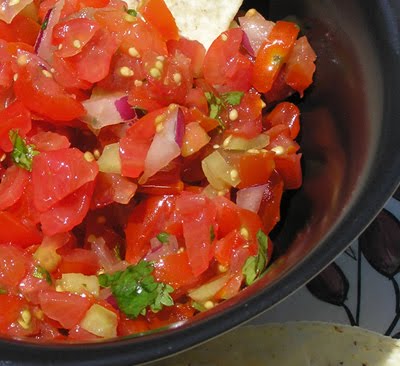
Earlier this week Mayor Gavin Newsom of San Francisco broke ground for a new urban garden at the Department of Public Works steam powerhouse used to heat the city's Civic Center. This move is a result of Mayor Newsom's plan, rolled out last July, to transform the way San Francisco utilizes its unused spaces and ultimately connect its residents and neighborhoods with healthier eating and living habits.
As part of the initiative, all city departments conducted audits of unused real estate around the city that could be converted into gardens. These included windowsills, empty lots, median strips, and our favorite, rooftops. The city may also see the use of some favored concepts and designs promoted at the urban agriculture innovation competition it held last fall. Such implementations would include Mobile Markets, or carts stocked with produce from these gardens that can be taken to school pick-up zones and other destinations, as well as Chicken Cribs, which have been termed "the quick and easy, self-assembly urban chicken coop."
These innovations, coupled with the programs rolled out by the library for teaching teens how to cultivate these gardens, and those of numerous city health departments for hosting cooking classes at local farmer's markets and teaching people how to plant fruit trees will certainly bring the city in the direction desired by Mayor Newsom. It will be great to see how some of these innovations take hold as the years go on, but at the least they should be an example for all municipalities to follow. Every city has unused rooftops. Every city has barren lots. These vacant pieces of real estate are ready and waiting, it's simply up to us to tell our leaders how we want them used. And here at Rooftop we think one of the best ways is through the development of productive, urban gardens that will involve and teach all residents, young and old, how to both eat and live healthy.
To read the full article recently published in the San Francisco Chronicle click here.
Photo by Scott Chernis, Slow Food Nation


No comments:
Post a Comment